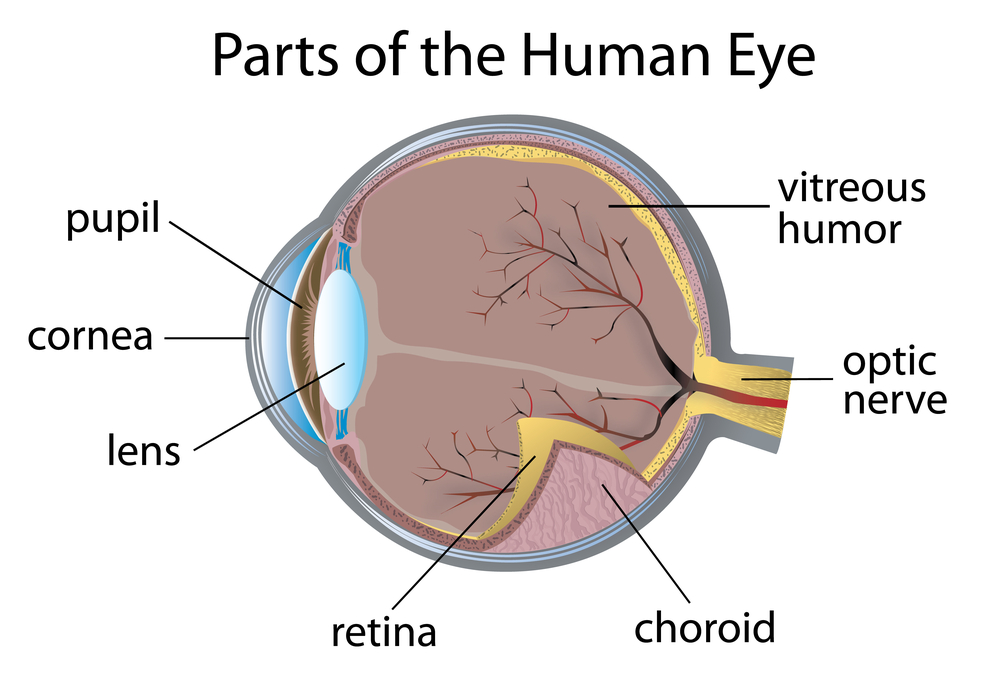

The cones are color sensitive and recognize the colors. The rods are light-sensitive and recognize the dark and bright light. It consists of photosensitive cells, namely the rods and cones. This retina is the only part of the eye that perceives the light and converts it into electrical energy. This neural coat of the eye is an essential part of the eye. Image Sources 2004 Microsoft Corporation, One Microsoft Way, Redmond, WA 98052-6399 USA.This is the innermost layer of the eye made of nerve cells. Non-Genetic(these types occur after birth) Accidents that damage the vision center of the brain, cataracts, glaucoma, Parkinson’s Disease can cause S-cone problems, diabetic retinopathy can affect color visionĮye Anatomy Review cornea pupil iris anterior chamber aqueous humor lens vitreous humor retina fovea choroid sclera optic nerve L- and M-cone problems result in red-green color blindness, the most common.Ģ.

The brain makes sense of all the information it is receives. The rods and cones send messages to the brain through the optic nerve. Three kinds of cones: L-cones sense long wavelengths in the red range M-cones sense mid-range wavelengths in green range S-cones sense short wavelengths in the blue range Cones sense color and must have more light than rods to work. Rods sense black and white and work in low light. The retina is the lining on the inside of the back of the eye that contains two types of light-sensitive cells: rods and cones. After moving through the vitreous humor, the light strikes the retina. The ciliary muscles above and below the lens control the shape of the lens.īehind the lens is a clear gel called the vitreous humor. Its shape is convex, meaning it curves outward on both sides. This structure changes shape to focus the light so that we can see clearly. In low light, the iris contracts and the pupil gets biggerĭirectly behind the iris is the lens.In bright light, the iris expands and the pupil gets smaller.The iris is a muscle that controls the size of the pupil. Light then passes through the aqueous humor (a clear fluid for eye nourishment, in the anterior chamber) and through the pupil. The cornea is curved, so it slightly bends the light as it goes through.

Light enters your eye through a clear portion of the sclera (the tough, white, outer covering of the eye), called the cornea. The eye is like a camera: Light enters, is focused on a surface, and a picture is made.


 0 kommentar(er)
0 kommentar(er)
